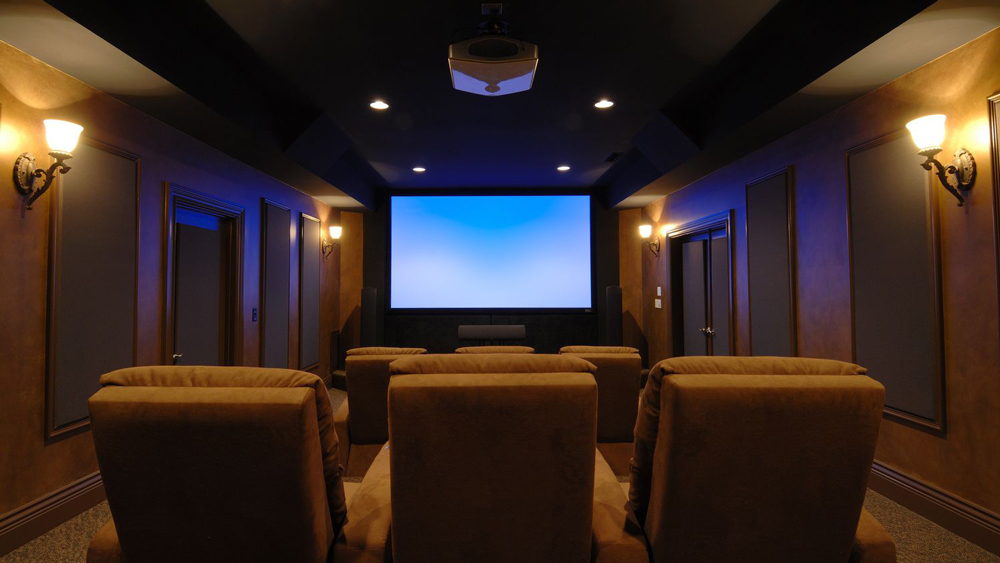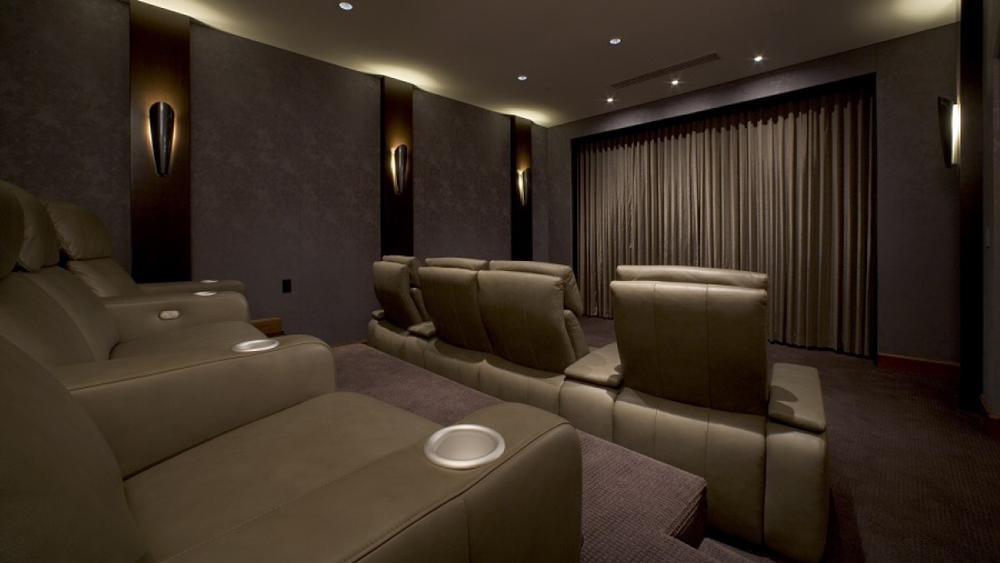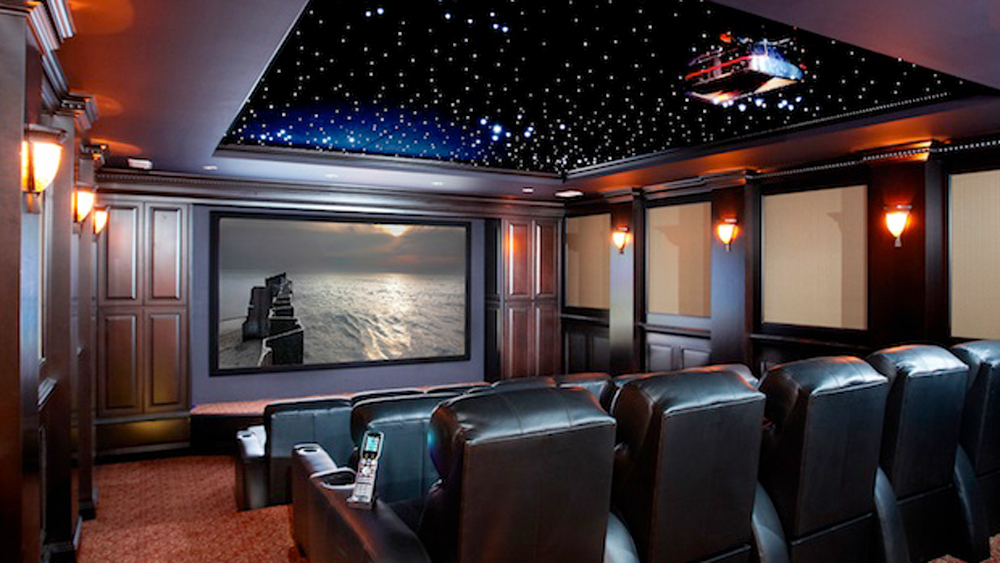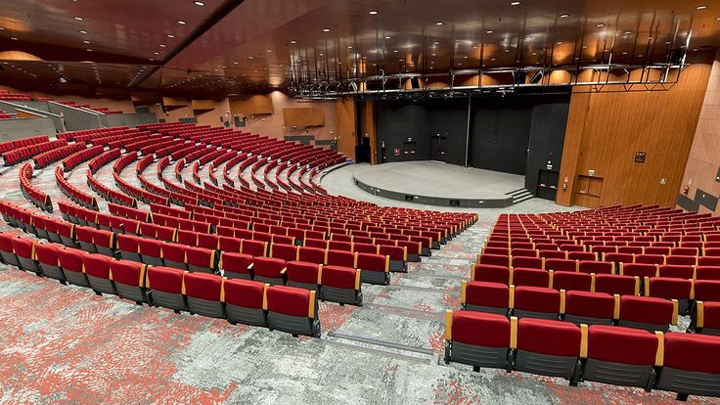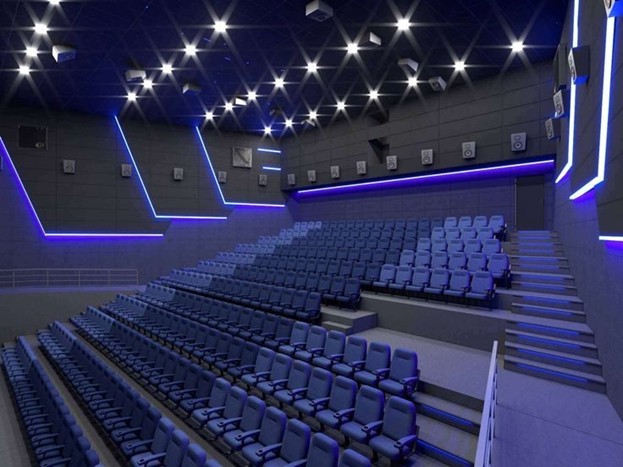Creating a home theater can be a rewarding project, transforming your living space into a personal cinema. However, there are many common home theater mistakes that can hinder the performance and enjoyment of your setup. This article will guide you through these common pitfalls and provide actionable tips on how to avoid them.
Ignoring Room Acoustics
One of the most frequent home theater mistakes is ignoring the acoustics of the room. Sound quality is crucial in a home theater, and poor acoustics can significantly detract from the experience. Bare walls and floors can cause sound to bounce around, creating echoes and reducing clarity. To avoid this, use acoustic panels, carpets, and curtains to absorb excess sound. Additionally, strategically placing furniture and using bookcases can help diffuse sound and improve the overall acoustic environment.
Choosing the Wrong Screen Size
Selecting the correct screen size is vital for an optimal viewing experience. A common home theater mistake is choosing a screen that is either too large or too small for the room. A screen that is too big can cause eye strain and make it difficult to take in the entire picture, while a screen that is too small can make it hard to see details. To determine the right size, measure the distance from the seating area to the screen and use the recommended screen size charts available from manufacturers. Typically, the viewing distance should be about 1.5 to 2.5 times the diagonal size of the screen.
Incorrect Speaker Placement
Proper speaker placement is essential for achieving balanced and immersive sound. One of the common home theater mistakes is placing speakers too close to walls or too far apart. This can lead to poor sound imaging and a subpar listening experience. Follow the manufacturer’s guidelines for speaker placement, and consider using a sound meter to fine-tune their positions. The front speakers should be at ear level and equidistant from the main seating position, while the surround speakers should be slightly above ear level and positioned to create a 360-degree sound field.
Overlooking Lighting Control
Lighting can make or break the home theater experience. One prevalent home theater mistake is not controlling ambient light. Light from windows, lamps, and other sources can create glare on the screen and wash out the picture. To avoid this, install blackout curtains or shades on windows and use dimmable lights. Additionally, consider using LED strips or sconces with adjustable brightness to create the perfect ambiance without compromising the viewing quality.
Using the Wrong Cables
Using low-quality cables can degrade the performance of your home theater system. This is a common home theater mistake that can lead to poor audio and video quality. Invest in high-quality HDMI and speaker cables to ensure you get the best performance from your equipment. Avoid excessively long cables, as they can introduce signal degradation. Properly organizing and labeling your cables can also help maintain a clean setup and make troubleshooting easier.
Not Calibrating Your System
Failing to calibrate your audio and video settings is another major home theater mistake. Calibration ensures that your system delivers the best picture and sound quality possible. Many TVs and projectors come with built-in calibration tools, and there are numerous guides available online to help you fine-tune your settings. Alternatively, you can hire a professional to perform a calibration, ensuring that your home theater is optimized for the best performance.
Skipping the Recliner Seat
Comfort is a key component of a home theater, and one mistake is not including a comfortable seat . A good recliner seat enhances the viewing experience by providing proper support and comfort during long movie marathons or binge-watching sessions. Investing in comfortable seating is just as important as investing in quality audio and video equipment. Look for recliners with adjustable settings, good lumbar support, and durable materials to ensure long-lasting comfort.
Neglecting Ventilation
Home theater equipment generates heat, and neglecting proper ventilation is a common error that can lead to overheating and damage. Ensure that your room has adequate airflow, and consider using cooling fans or installing ventilation grilles to keep the equipment cool. Proper ventilation not only extends the lifespan of your equipment but also ensures it operates efficiently.
Forgetting About Future Upgrades
Technology evolves rapidly, and a common home theater mistake is not planning for future upgrades. When designing your setup, consider leaving space for additional equipment and ensuring that your wiring can accommodate upgrades. This foresight will save you time and money in the long run, as you won’t need to rewire or significantly alter your setup when you decide to upgrade components.
Underestimating the Importance of Seating Arrangement
The arrangement of your seating can greatly impact your viewing experience. One of the frequent home theater mistakes is not considering the optimal viewing angles and distances. The main seating position should be centered in front of the screen, with additional seats arranged to provide clear views of the screen and access to surround sound. Avoid placing seats too close to the walls, as this can result in poor audio quality and an uncomfortable viewing experience.
Not Soundproofing the Room
If your home theater shares walls with other rooms, soundproofing is essential. A common home theater mistake is not soundproofing, which can lead to disturbing others in your home. Use soundproofing materials such as acoustic panels, heavy curtains, and weatherstripping to contain the sound within the room. This not only enhances the viewing experience for you but also prevents noise from disrupting other activities in your home.
Overcomplicating the Remote Control System
A complex remote control system can be frustrating to use. A typical mistake found in home theater systems is not simplifying the control system. Consider using a universal remote or a home automation system that integrates all your devices into a single, easy-to-use interface. This makes it easier for everyone in the household to operate the home theater without needing a technical manual.
Ignoring Professional Advice
DIY projects can be rewarding, but a common home theater mistake is ignoring professional advice. Consulting with experts during the planning and installation phases can help you avoid costly errors and ensure the best performance from your system. Professionals can offer insights into optimal equipment choices, room layouts, and calibration techniques that you might not be aware of.
Overlooking the Importance of Maintenance
Finally, one of the often-overlooked home theater mistakes is neglecting regular maintenance. Dust and check connections periodically to keep your system in top condition. Clean your screen, lenses, and audio equipment regularly to prevent dust buildup, which can affect performance. Regular maintenance ensures that your home theater continues to deliver a high-quality experience for years to come.
By being aware of these common home theater mistakes and taking steps to avoid them, you can create a home theater that provides an exceptional viewing experience. Remember, attention to detail and careful planning are key elements to avoid these pitfalls and enjoying your home theater to the fullest. Investing time and effort into setting up your home theater correctly will pay off in the long run, providing countless hours of entertainment and enjoyment for you and your family.


